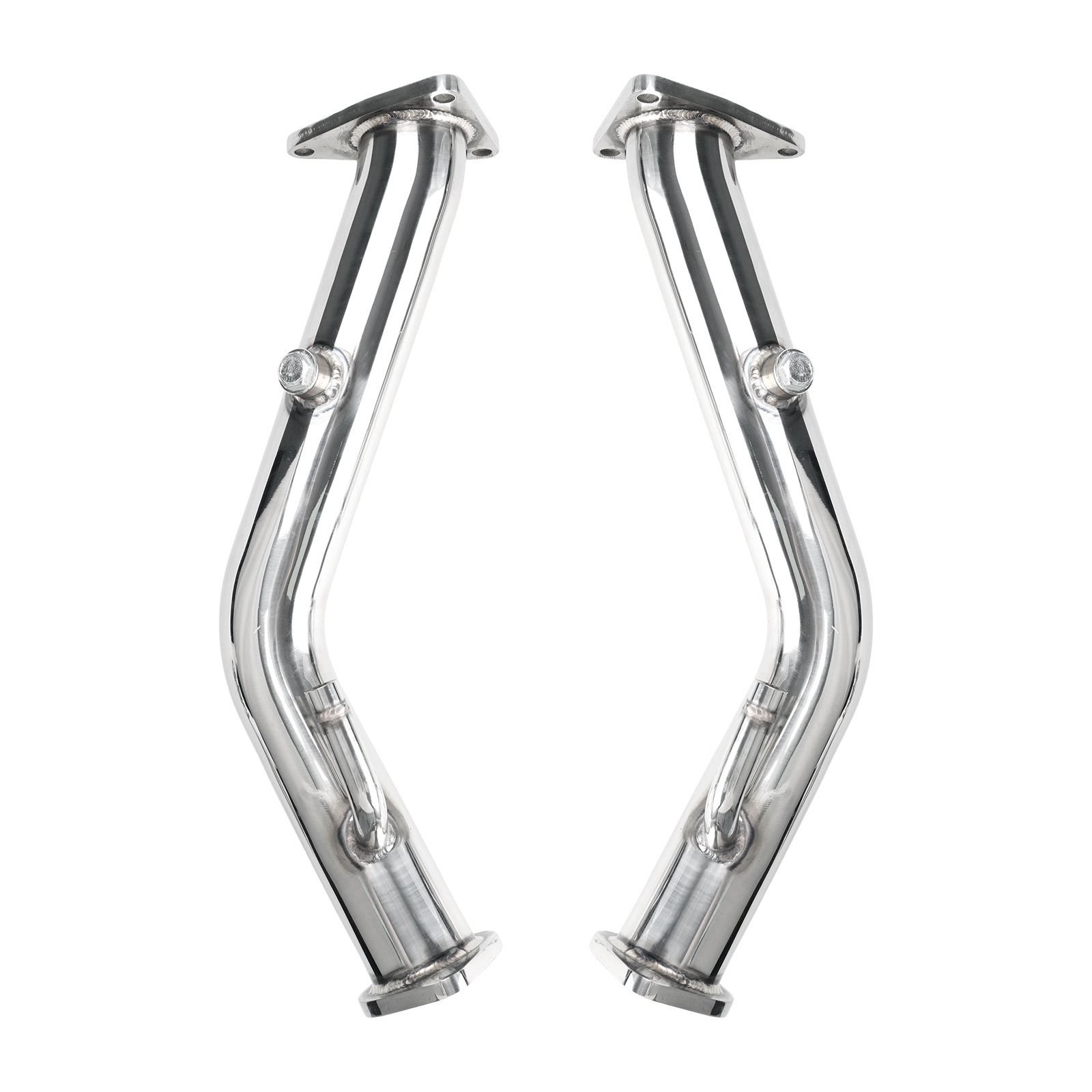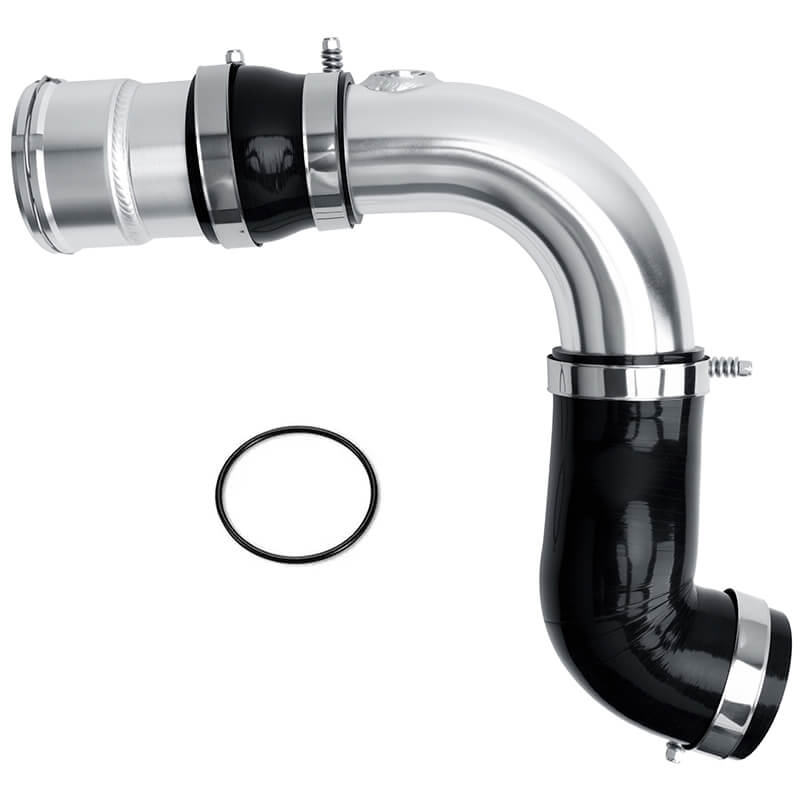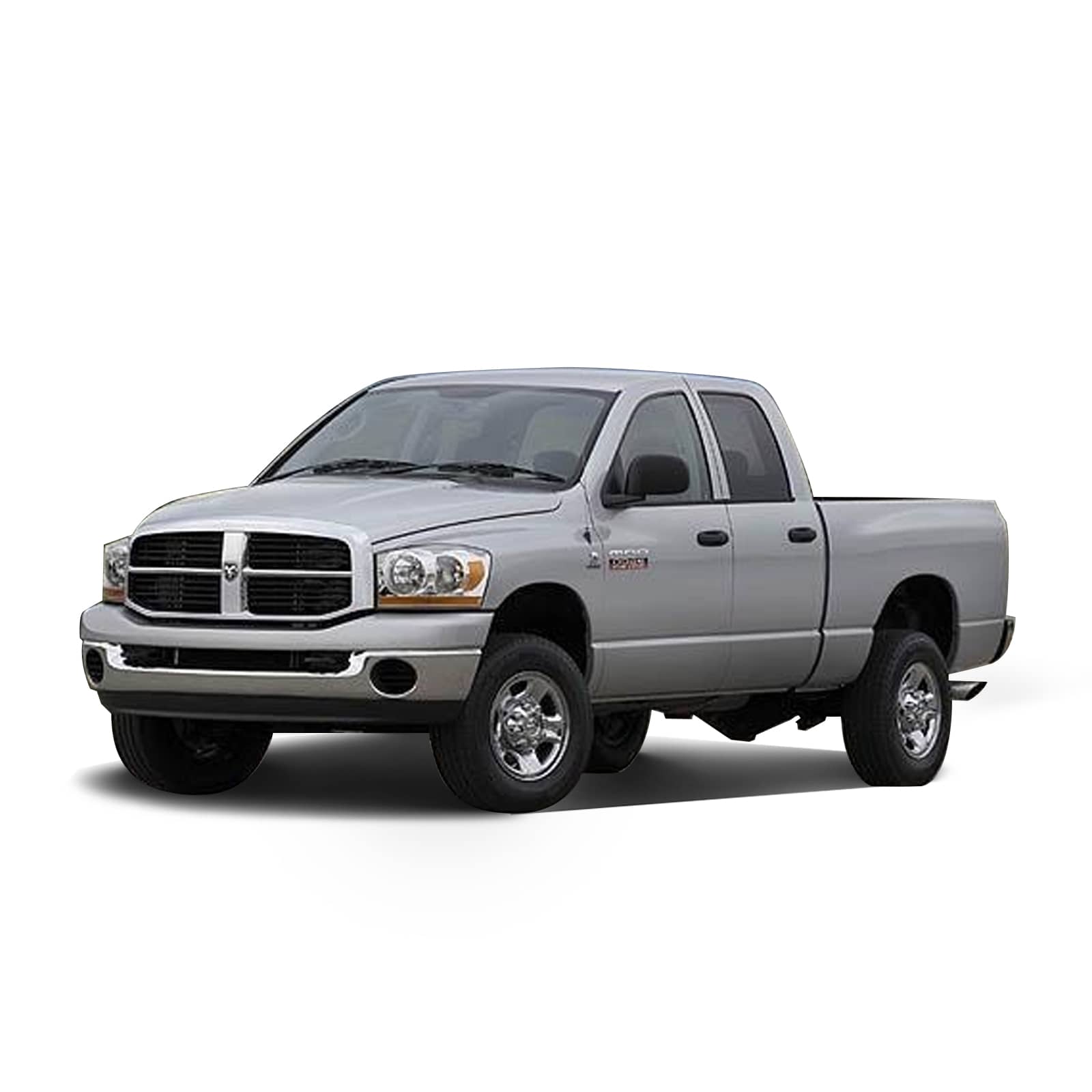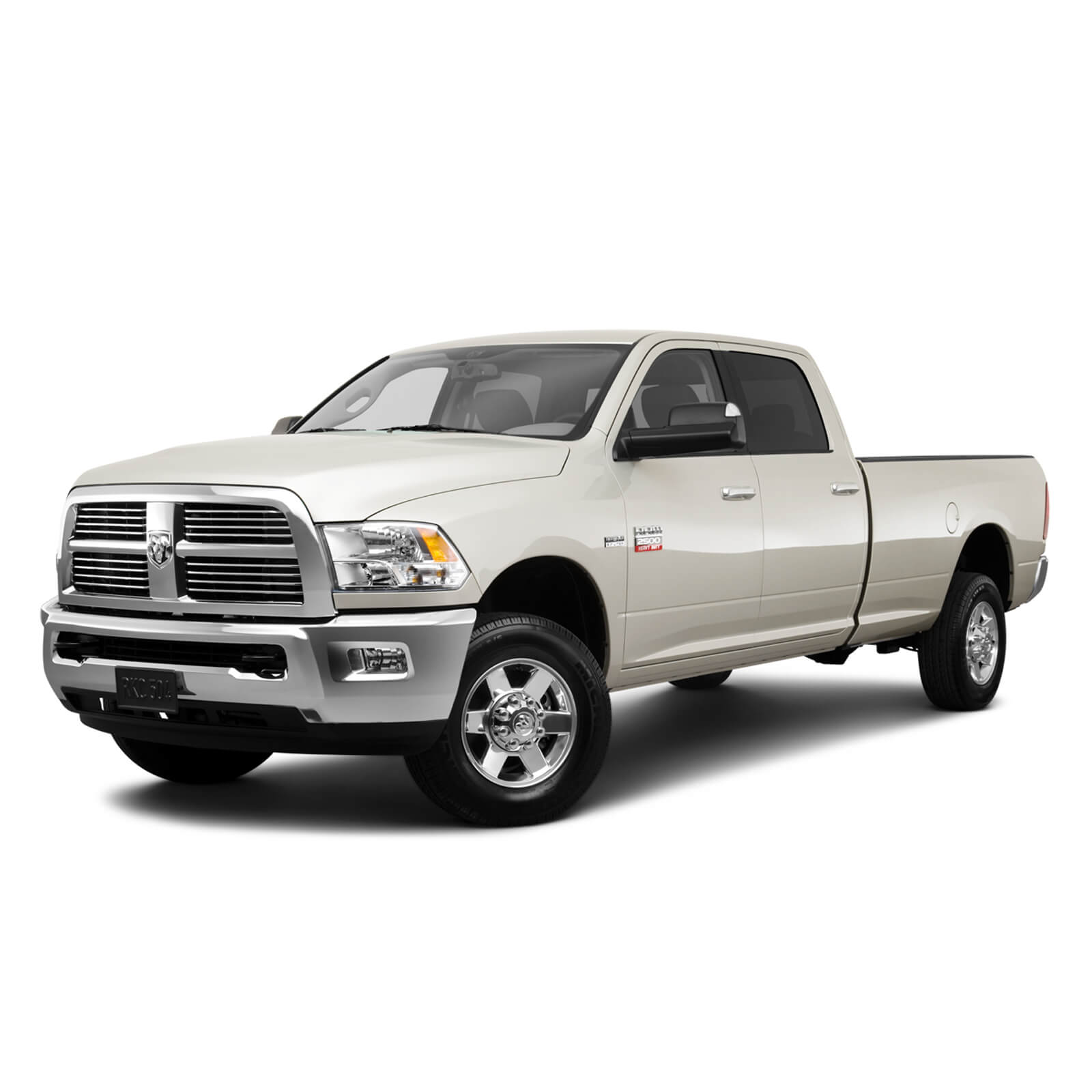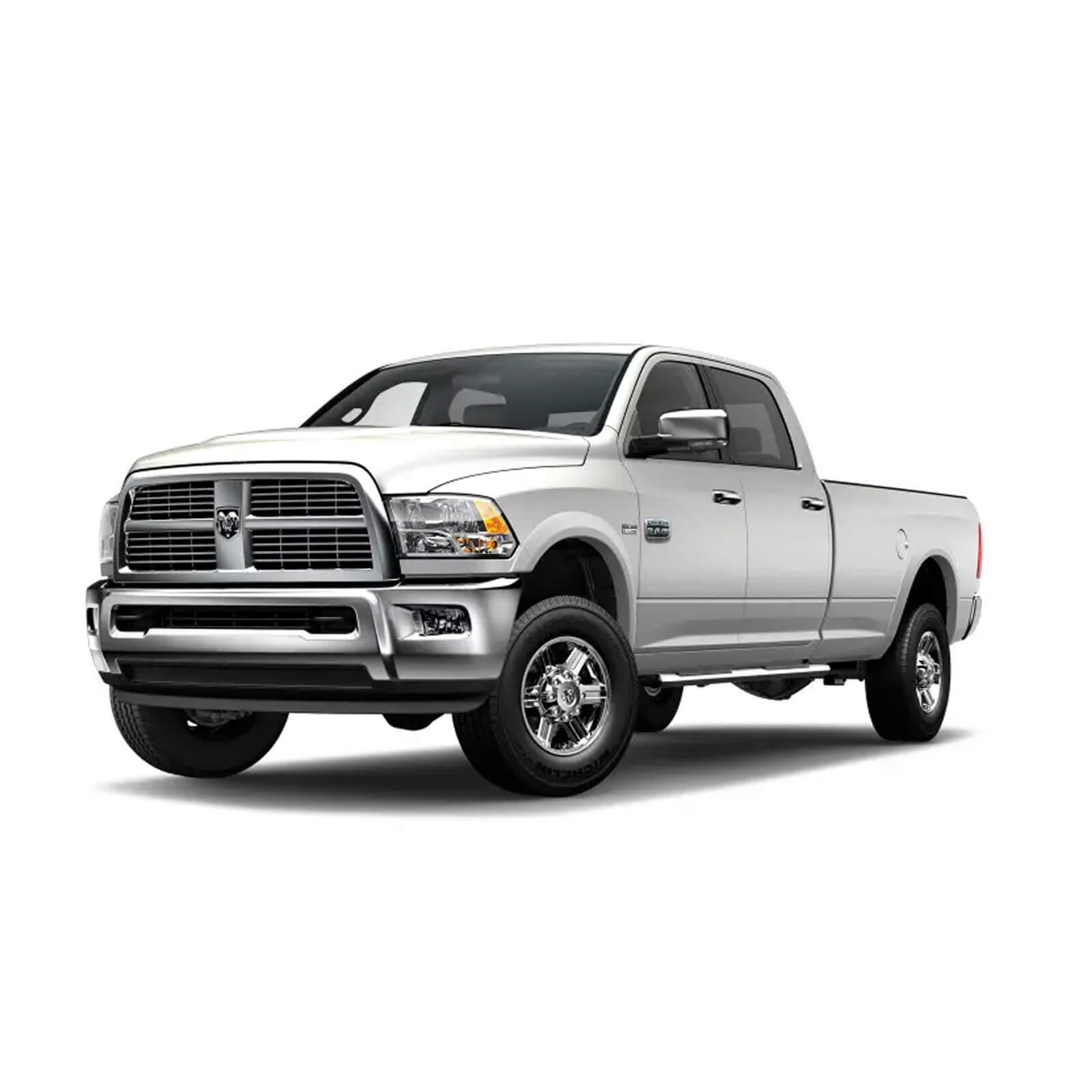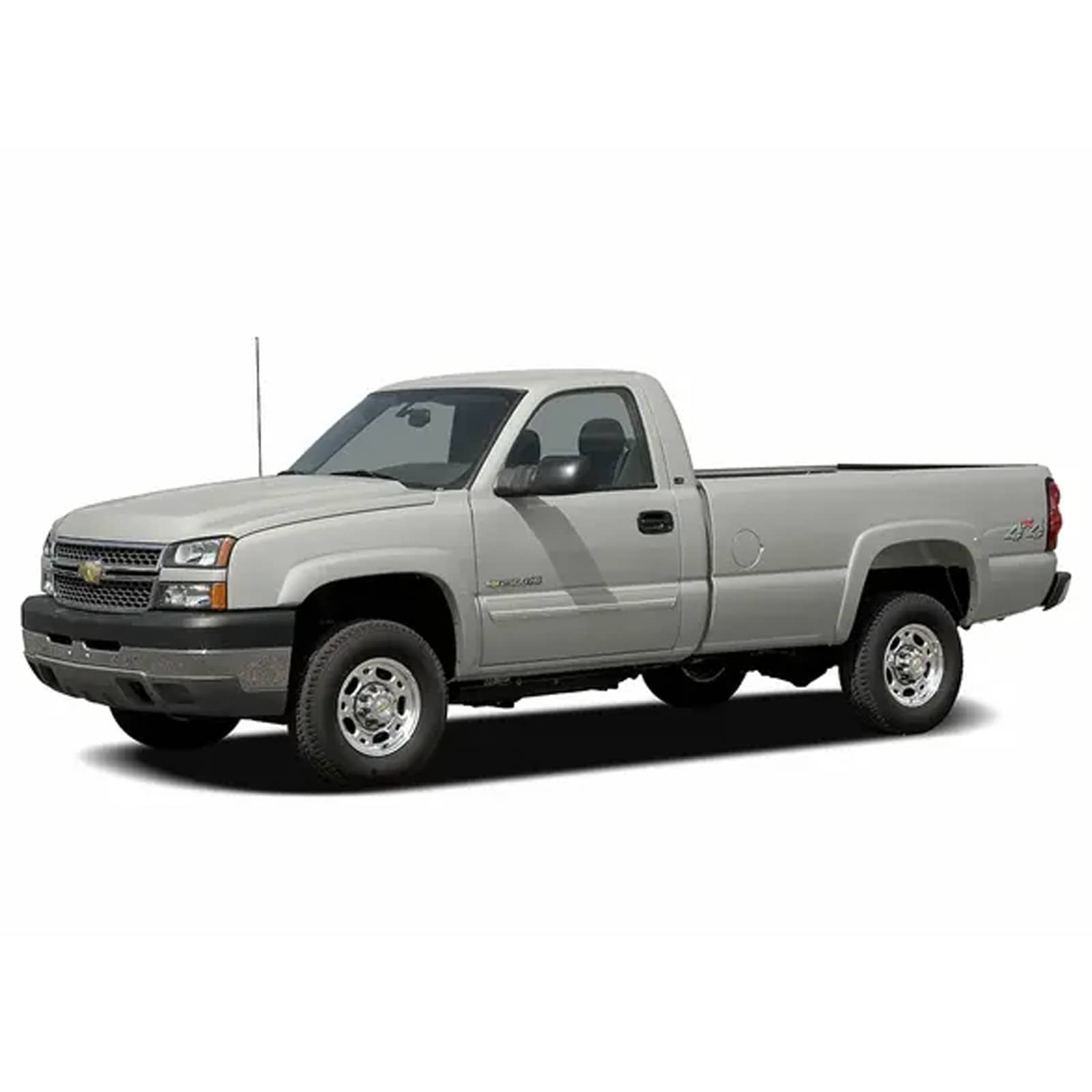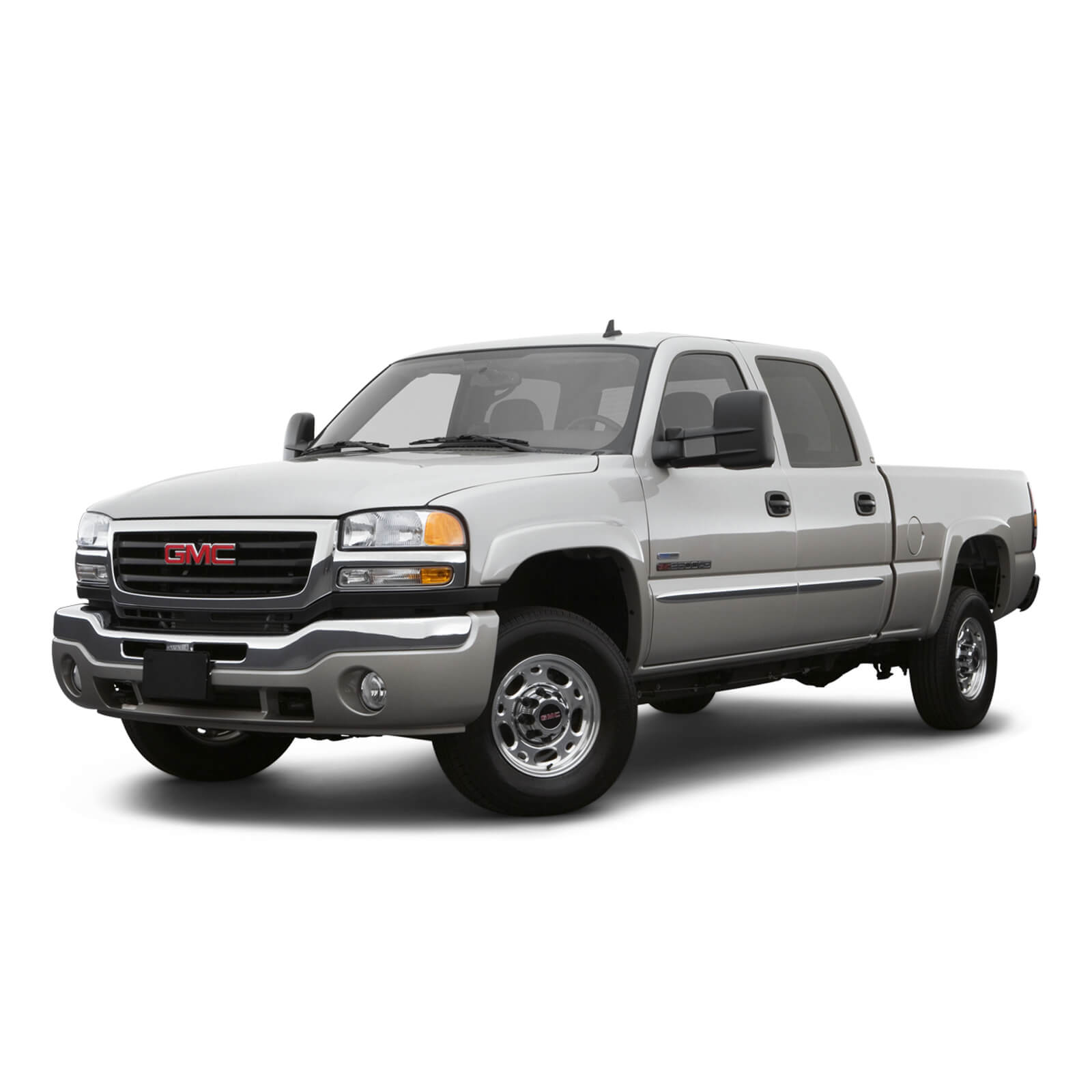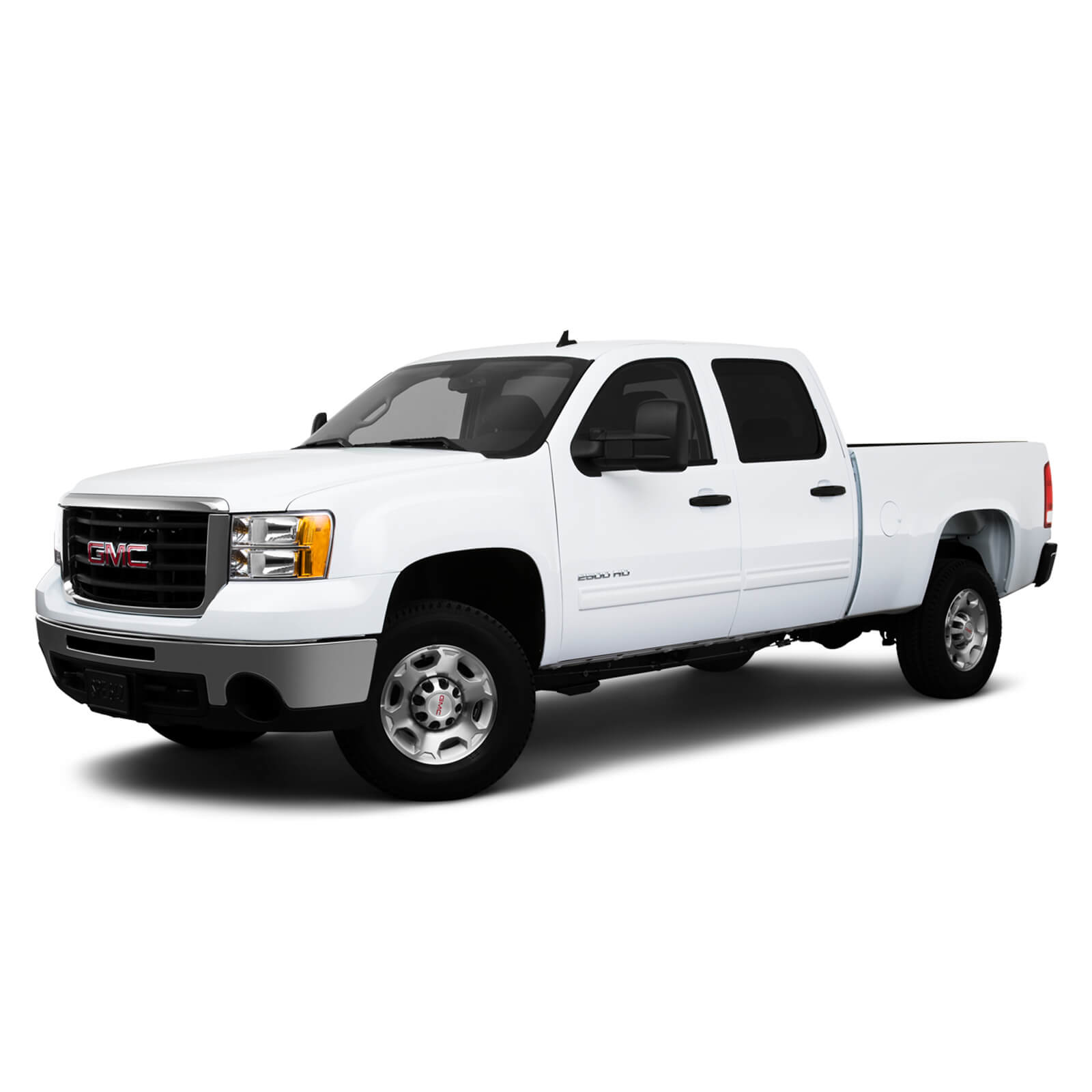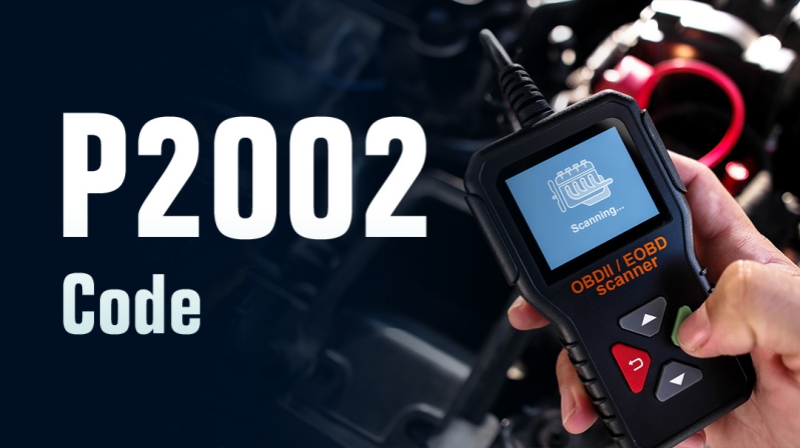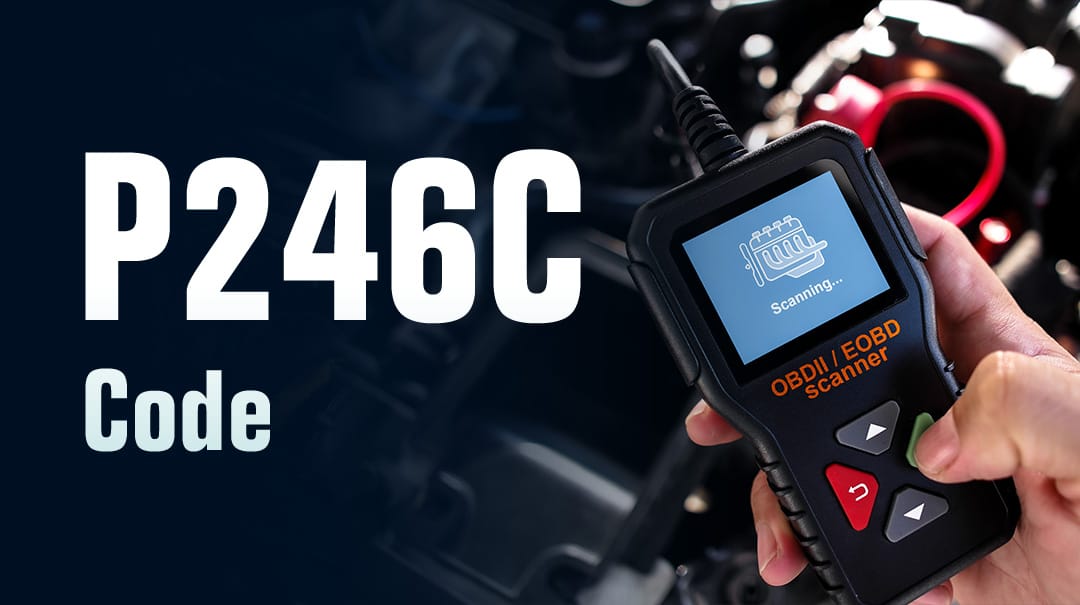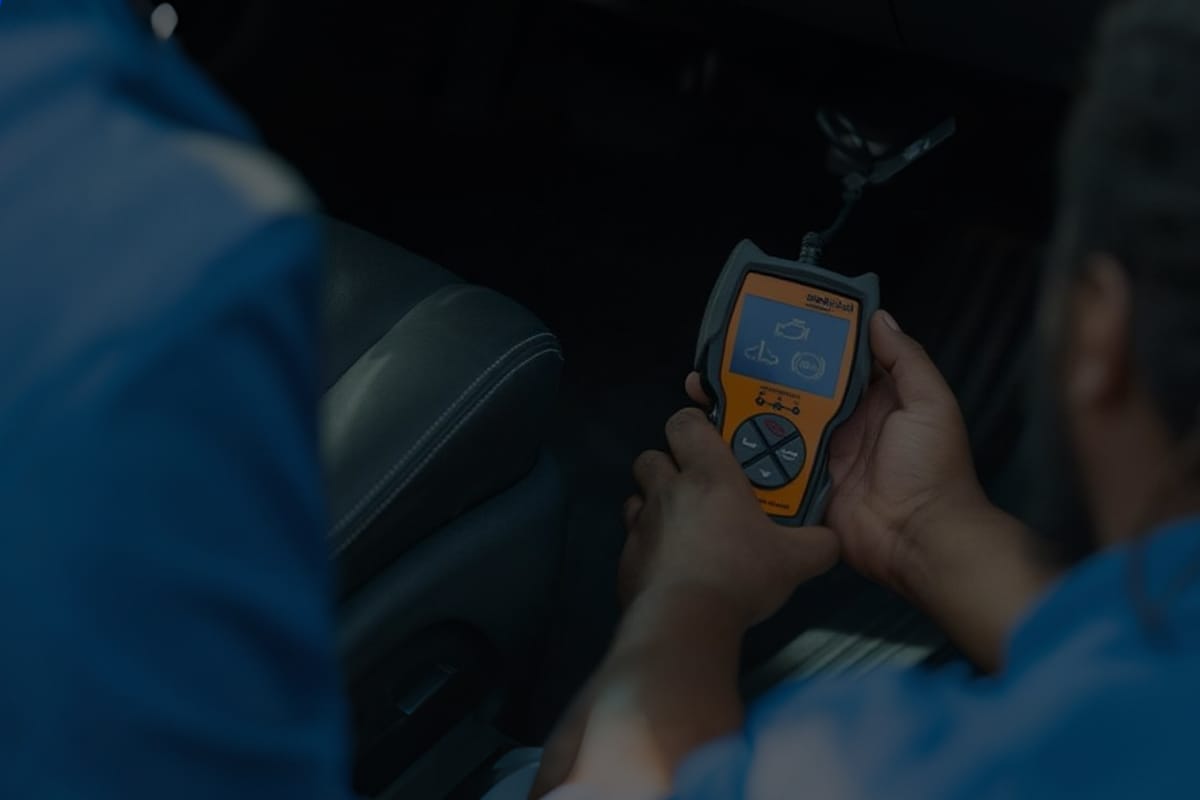Ford's 6.7L Powerstroke diesel engine, introduced in 2011, is a favorite among truck enthusiasts. However, like any engine, it is not immune to problems. This guide is designed to highlight common 6.7 Powerstroke problems and how to fix or avoid them to ensure your engine performs at its best for years to come.
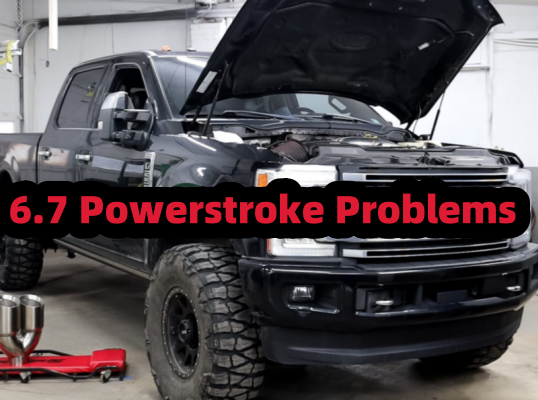
A Brief Overview of 6.7L Powerstroke Engine
The 6.7L Powerstroke was introduced in 2011 to replace the problematic 6.4L engine. Designed in-house, this turbocharged V8 is Ford's first diesel engine not developed in partnership with Navistar.
Key Features and Specifications
- Turbocharged V8 Diesel Engine
- Horsepower: 390-475 hp
- Torque: 735-1,050 lb-ft
- Variable geometry turbocharger (VGT)
- Advanced emission control system (DPF, EGR, SCR)
Three Major Generations
Generation 1: 2011-2014
Generation 2: 2015-2019
Generation 3: 2020 to present
Common Ford Powerstroke 6.7 Issues
1. Injection Pump Failure (2011-2020)
From 2011 to 2020, the 6.7L Powerstroke engines are equipped with the Bosch CP4.2 injection pump. Unfortunately, this pump is prone to internal wear and can release metal shavings into the fuel system when it fails, plugging the injectors and potentially damaging the engine.
Fault Code: P0087, P0088
Solutions:
Install a fuel system upgrade kit or bypass filter.
Replace with a more reliable CP3 pump.
2. Damaged Turbocharger Ball Bearings (2011-2012)
Early models (2011-2012) have ceramic turbocharger ball bearings that wear prematurely, causing unusual noise or failure.
Solutions:
Replace damaged turbochargers.
Upgrade to steel ball bearings introduced in 2013 for improved durability.
3. EGR Cooler Carbon Deposits and Failures (2011-2014)
Excessive EGR cooler carbon deposits can cause insufficient exhaust gas recirculation, engine overheating, and fault codes such as P0401 or P0402.
Solutions:
Clean the EGR valve and cooler regularly
Use an EGR delete kit where legal
4. Exhaust Gas Temperature (EGT) Sensor Fault
A faulty EGT sensor can cause a false alarm of high exhaust temperature, triggering limp mode or the engine check light. Fault codes include P0544 and P0546.
Solutions:
Replace the faulty EGT sensor.
Upgrade to a high temperature sensor.
5. NOx Sensor Problem
A NOx sensor fault can result in limited engine power, engine fault light on, limp mode, etc.
Fault code: P2200 to P2204, etc.
Solutions:
Replace the NOx sensor.
In some cases, a DPF delete kit can be installed, but be aware of the legal consequences.
6. Severe Carbon Deposits on Turbocharger
Excessive carbon soot accumulation can cause variable geometry turbocharger (VGT) failure, resulting in fault codes such as P2263 or P0299.
Solutions:
Clean or replace turbocharger.
Optimize intake and exhaust systems to improve combustion efficiency and reduce carbon deposits.
7. Exhaust Manifold Cracking
Exhaust manifold fatigue or uneven expansion can lead to cracking, reduced exhaust efficiency, and fault codes such as P0420 or P0430.
Solutions:
Replace with an upgraded stainless steel manifold.
Use a high-flow UP pipe to increase flow.
8. Cold-side Intercooler Pipe Failure
Over time, the cold-side intercooler pipe will age and become brittle, loose, or crack, causing boost leakage and reduced acceleration performance.
Solutions:
Replace with an original or aftermarket cold-side pipe kit.
Upgrade to aluminum or reinforced silicone pipes.
How to Avoid or Prevent 6.7 Powerstroke Engine Problems
Use High-Quality Fuel and Filters:
Contaminated fuel is the leading cause of fuel system problems. Protect your system by investing in premium diesel fuel and changing your fuel filter regularly.
Monitor for Early Warning Signs:
Watch for the Check Engine Light and unusual noises. Addressing minor issues early can prevent costly repairs.
Follow a Regular Maintenance Schedule:
Follow the manufacturer's recommended maintenance intervals for oil changes, fluid changes, and system inspections.
Stay Up to Date on Software Updates and Recalls:
Ford periodically releases software updates and recalls to address known issues. Make sure your truck is up to date.
Is the 6.7L Powerstroke Still Worth Buying?
A closer look at the pros and cons of the 6.7L Powerstroke engine will help you have a clearer understanding.
Pros:
- Excellent torque and towing capacity.
- Strong aftermarket support to help performance upgrades.
- Long service life with proper maintenance.
Cons:
- Common problems are expensive to repair.
- Emission system problems may exist (especially in models before 2015).
While maintenance and repair costs may be higher, the performance and reliability of the 6.7 Powerstroke are generally worth the investment, especially in heavy-duty applications.
Final Verdict
Learn common 6.7L Powerstroke engine issues and solutions to help keep your truck running at its best. The 6.7 Powerstroke continues to be a great choice for diesel truck owners. If you are considering a 6.7L Powerstroke engine, prioritize 2013 and newer models and be sure to prepare for the maintenance your diesel engine requires.
Need a replacement part or upgrade for your 6.7L Powerstroke engine? Browse our full line of EGR removal kits and high-performance fuel system components!





















